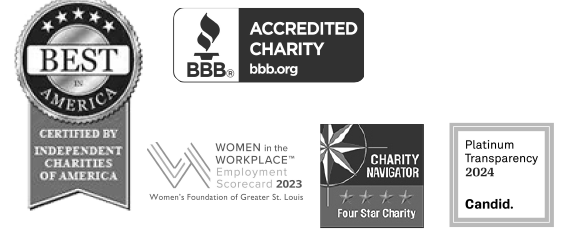Feeding a family can be stressful, especially when on a tight budget. However, with a little know-how and advance planning, you can enjoy nutritious meals while sticking to a budget!
Make a shopping list and stick to it. Many people over spend by wondering around the grocery store, instead plan ahead and create a shopping list. If you keep a running list at home of items that need to be replaced, you won’t have to worry about forgetting anything. Also, avoid shopping when you’re hungry, as you can be more likely to make impulse purchases on less nutritious items that cost more.
Plan around the sales. The key to smart grocery shopping is to plan ahead for the week. Look through your store’s weekly ad and plan for your week based on the foods that are on sale. If you need some food items for the week that are not on sale, consider buying the store brand. Buying the store brand can be 15%-20% cheaper than name brand foods.
Sales can also be a good time to stock up on some foods. Check the sales ad for items that you can stock up on and store in the pantry or freezer. Ideal foods would be non-perishables such as canned and bottled goods, dried beans, brown rice, nut butters, whole-grain pastas, crackers and cereals. Fill your freezer with frozen fruit, vegetables, meat, fish and poultry. However, do not overbuy and let food expire or get freezer burnt making food waste a problem.
Covering the five main food groups. Having a balanced diet means eating all five food groups on a daily basis. Below are some ways to do that on a budget.
Fruits and vegetables:
When it comes to fresh produce, look for what is in season. Not only will it be cheaper to purchase, but it will have better flavor too. When your desired produce is not in season, try canned or frozen varieties to save some money. Don’t worry about compromising on nutrition either because fruits and vegetables are canned, or frozen, at their peak of nutrition and quality. However, be careful to watch for added sugar and salt. Choosing fruits in 100% juice or light syrup, and vegetables that have reduced sodium or no salt added would be the healthier options.
Protein:
Meat is often the highest dollar ingredient in a recipe. However, purchasing larger quantities of meats that are on sale is one way to save money. You can also try incorporating non-meat proteins, like beans, nuts, and eggs; it is cost-effective and nutritious.
Grains:
Whole grains are generally inexpensive, especially when bought in larger quantities, and is an easier way to get more nutrition for your buck. Stock up on dry nonperishable whole grain items (ex- pasta, cereals, crackers, and brown rice) when on sale for longer shelf life. You can also save when you buy whole grain breads. Since breads freeze so well, buy more when your favorite is on sale. Double bag in plastic freezer bags to avoid freezer burn.
Dairy:
These items do not usually go on sale, except yogurt and cheese occasionally. To save on dairy consider store brands and package size. When it comes to milk the largest size is the best value. Gallon containers are much cheaper than half gallon or quart sizes per ounce. For yogurts and cheeses, brand name sales and store brand alternatives are the way to go.
Consider joining your store’s reward program! Sometimes sale prices are only valid with the store’s reward card, and you could miss out on big savings. Stores can also provide their reward members with coupons, which is another opportunity for savings. Also, check for in-store deals like “manager’s specials” of day-old baked goods or foods close to their expiration date.
Following these tips can help stretch your money a little farther when at the grocery store, and hopefully make it a little easier to feed your family health foods while on a budget!
Emily Basler, Bradley University Dietetic Intern



